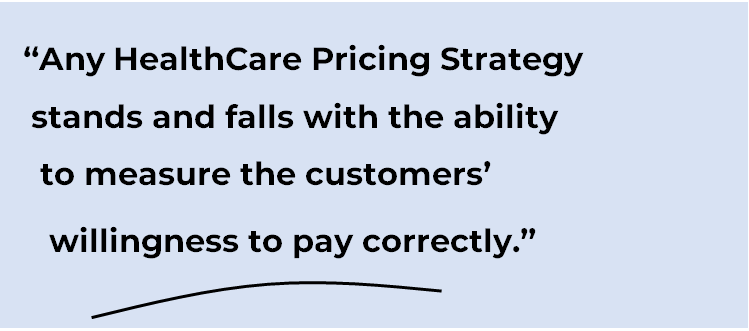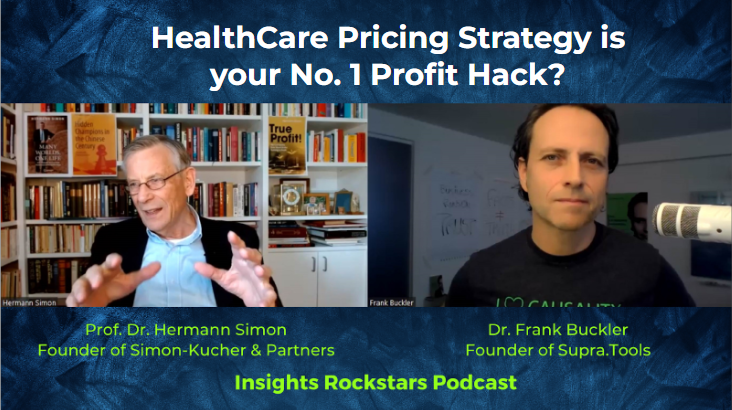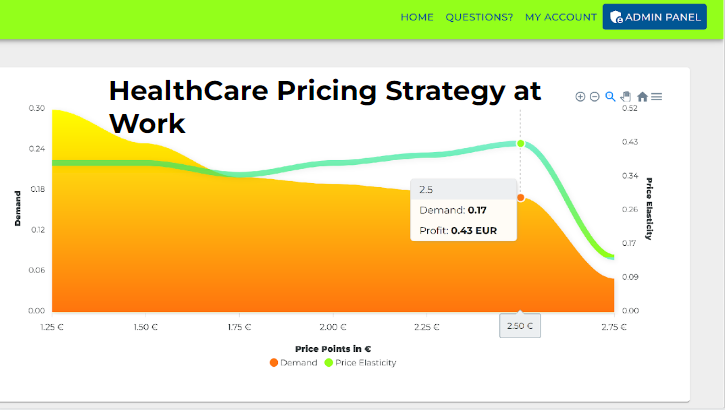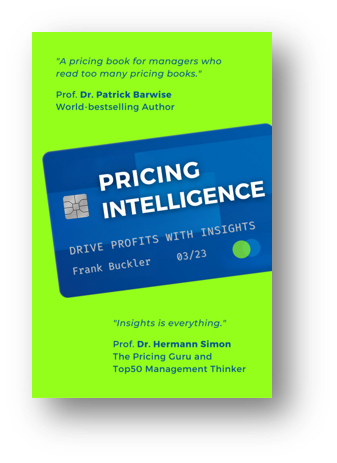
Healthcare is a complex and ever-changing industry, which makes it difficult to know how to price your services. In this blog post, we’ll explore different pricing strategies that healthcare providers can use to stay competitive.

Types Of Healthcare Pricing Strategies
There are many different types of healthcare pricing strategies, and it can be difficult to know which one is right for your facility. Here are three of the most common types of healthcare pricing strategies:
1. Cost-Plus Pricing
With this type of pricing, you simply add a markup to the costs associated with providing a service or product. This can be a good option if your costs are relatively low and you want to avoid the hassle of complex pricing calculations.
2. Value-Based Pricing
With this type of pricing, you charge based on the perceived value of your service or product. This can be a good option if you offer a high-quality service or product that provides significant value to patients.
3. Bundled Pricing
With this type of pricing, you bundle multiple services or products together and charge a single price for the bundle. This can be a good option if you offer several services or products that complement each other well and patients are likely to use them together.
The bestselling book „Pricing Intelligence“ has more on the topic and

Key Components Of Healthcare Pricing Strategies
There are three key components to healthcare pricing strategies: reimbursement, cost containment, and risk management. Reimbursement is how much insurers will pay for services. Cost containment is what providers do to keep costs down. Risk management is how providers manage the risk of providing care.
Reimbursement
Reimbursement is the biggest factor in healthcare pricing strategies. It determines how much providers will be paid for their services. The amount of reimbursement depends on the type of service, the provider’s contract with the insurer, and the insurer’s reimbursement schedule.
Cost Containment
Cost containment is important because it keeps costs down for both providers and patients. There are many ways to contain costs, including reducing waste, improving efficiency, and negotiating better contracts with suppliers.
Risk Management
Risk management is critical for providers because it helps them avoid losses from providing care. Risk management includes things like setting up a system to track patient safety concerns and maintaining adequate insurance coverage.
Some professionals prefer to access video tutorials around pricing and insights

SCIENTIFIC STUDY:
A revolution in price optimization
More profitable prices through neuroscience & AI - Scientific study on pricing with astonishing results

Summary
In conclusion, there are many different healthcare pricing strategies that providers can use to charge for their services. The key is to find the right strategy for your specific business model and patient base. With the right pricing strategy in place, you can maximize your revenue and ensure that you’re providing the best possible care for your patients.
Today pioneers use the latest pricing survey tools that use Neuroscience + AI
Interested professionals can use some tools even for free and explore on its own
You can access supra tools free here.
Get your FREE hardcopy of the “CX Insights Manifesto”
FREE for all client-side Insights professionals. We ship your hardcopy to USA, CA, UK, GER, FR, IT, and ESP.

Newsletter:
Keep updated on the latest Pricing Insights know-how and do-how.
In my email newsletter “Pricing Insights” I cover the whole range of pricing insights solutions-from Garbor Granger to Conjoint, from NeuroPricing to Pricing Software Systems. I describe the application in various fields from new product pricing to promotion, from brand premium to feature pricing.
Keep up to date here.


